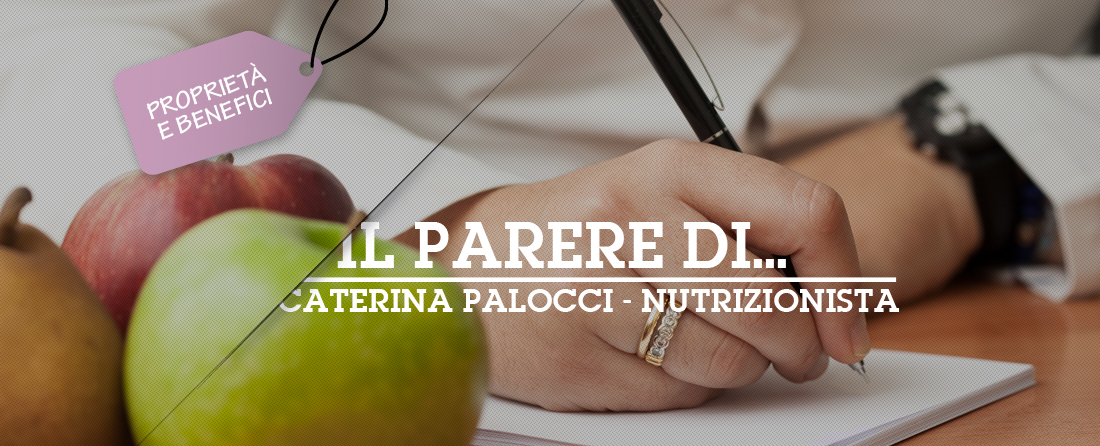The opinion of... Caterina Palocci, nutritionist
During the last Wellness Food Festival on 29 and 30 September, the nutritionist biologist and co-founder of theAINC - Italian Association of Nutritionists in the Kitchen Caterina Palocci gave an interesting talk on the properties of black garlic. We offer you an extract:
Q: Black garlic is, indeed, black. Why this colour?
R: The colour of the product should not be frightening because it is due to a reaction, Maillard's reaction (also known as the non-enzymatic browning reaction), of which we are very familiar: the colour and smell of freshly baked bread is an example. In the case of garlic, the colour is darker because the product is kept under controlled temperature and humidity conditions for a period of 60 days.
Q: Fermented or matured product? What is the correct terminology?
R: To date, studies speak of fermentation, although the micro-organism responsible for this process has not yet been discovered. So for the time being, we limit ourselves to talking about garlic ripening.
Q: Are there nutritional differences compared to white garlic?
R: White garlic has several proven positive effects on health: it is hypotensive, antibacterial, anthelmintic, antioxidant and anti-thrombotic. The problem is that due to its very strong taste and smell, it is difficult to consume it raw as is necessary to exploit its benefits. The ripening process changes the compound called 'allicin', the compound responsible for the pungent flavour, which we no longer find as such in the final product, and increases the amount of simple sugars. The result is garlic that tastes better, even when raw, and is more digestible.In addition, the bioactive ingredients are multiplied in black garlic: the concentration of polyphenols and flavonoids is approx. 4 and 13 times higher respectively than in white garlic from Voghiera DOP, which corresponds to a 17-fold greater antioxidant power (data from the SVEB laboratories of the University of Ferrara). Antioxidant power i.e. inhibitor of oxidative damage related to cellular ageing and various diseases, first and foremost cardiovascular disease.
Q: There is more and more talk of black garlic as a superfood. What are the benefits of black garlic?
R: The latest studies on humans and human cells in vitro have shown that black garlic has several positive biological activities. In addition to the antioxidant action already mentioned, the product has been shown to have
- Antitumour activity: increases the toxicity of cancer cells (for lung, breast, stomach and liver carcinomas), stops their cell cycle and initiates their destruction (colon cancer cells and leukaemia cells);
- Anti-inflammatory activity: reduces the formation and proliferation of inflammatory molecules;
- Effects on lipid levels: increases HDL levels, i.e. good cholesterol.
Q: Black garlic can be an everyday food. How can we balance it in the daily menu?
R: Considering that its nutrient quantities are low - per 100 g of product we have 243 kcal, 0 g of fat, 45 g of carbohydrates (of which 19 g of sugars), 14 g of protein, 2.1 g of fibre and a minimal salt intake of only 0.01 g - its use in culinary recipes does not change the balance of the dish: for two cloves we are talking about approx. 20 kcal. We can therefore use it without worrying!





